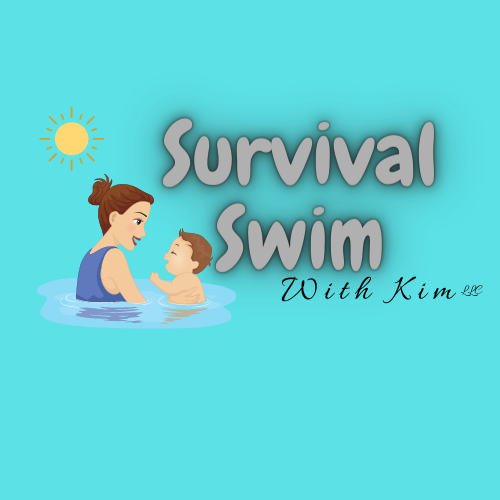Frequently Asked Questions
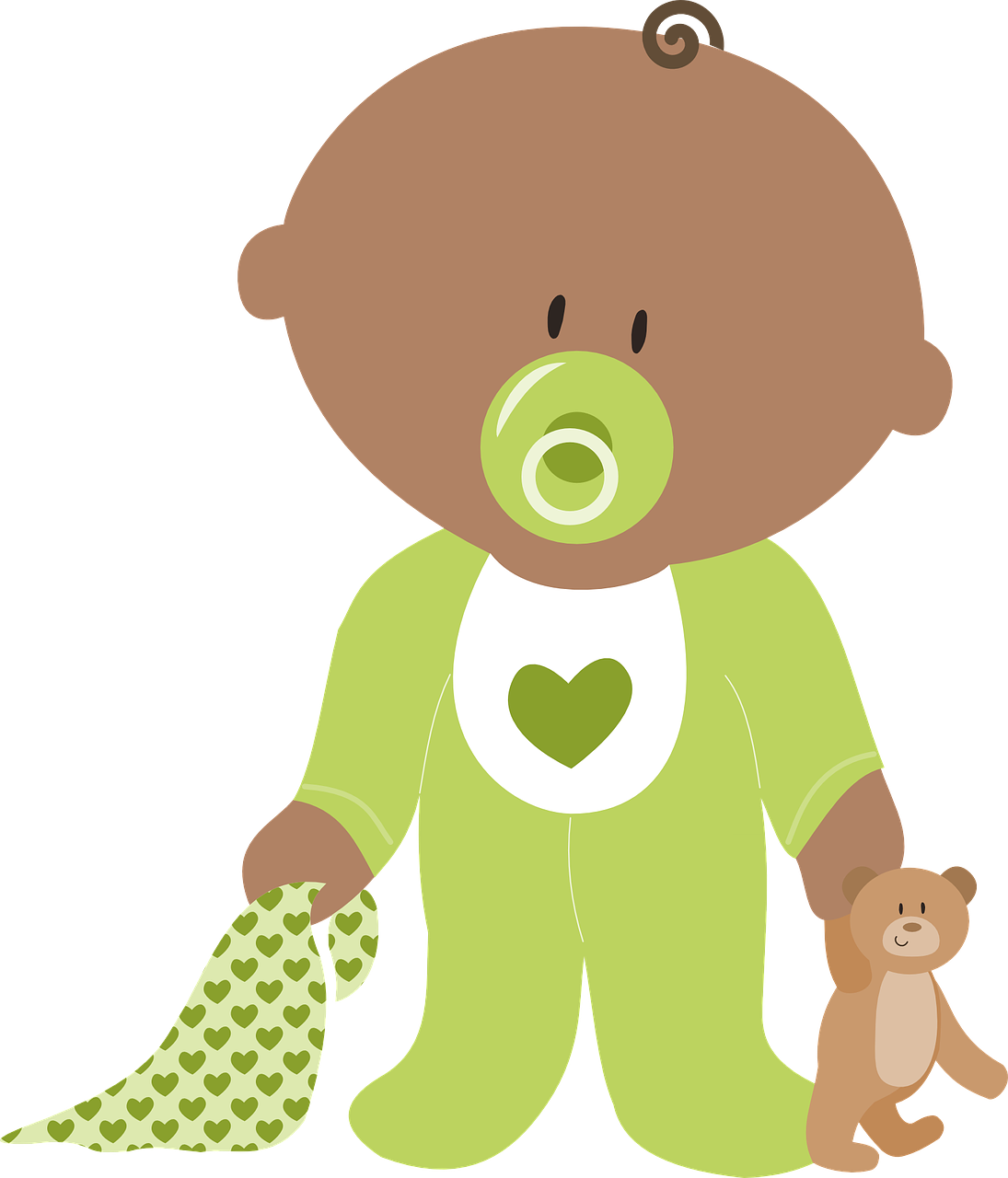
How can you teach a baby when they can't talk yet?
Swimming and floating are motor skills that can be taught to babies through repetitive exercises, along with gentle verbal encouragement. We show babies what we want them to do and over a short period of time, they learn and retain these skills. We DO NOT throw children in the water. We use a variety of methods combining the best ideas from swim schools and infant/toddler programs around the world.
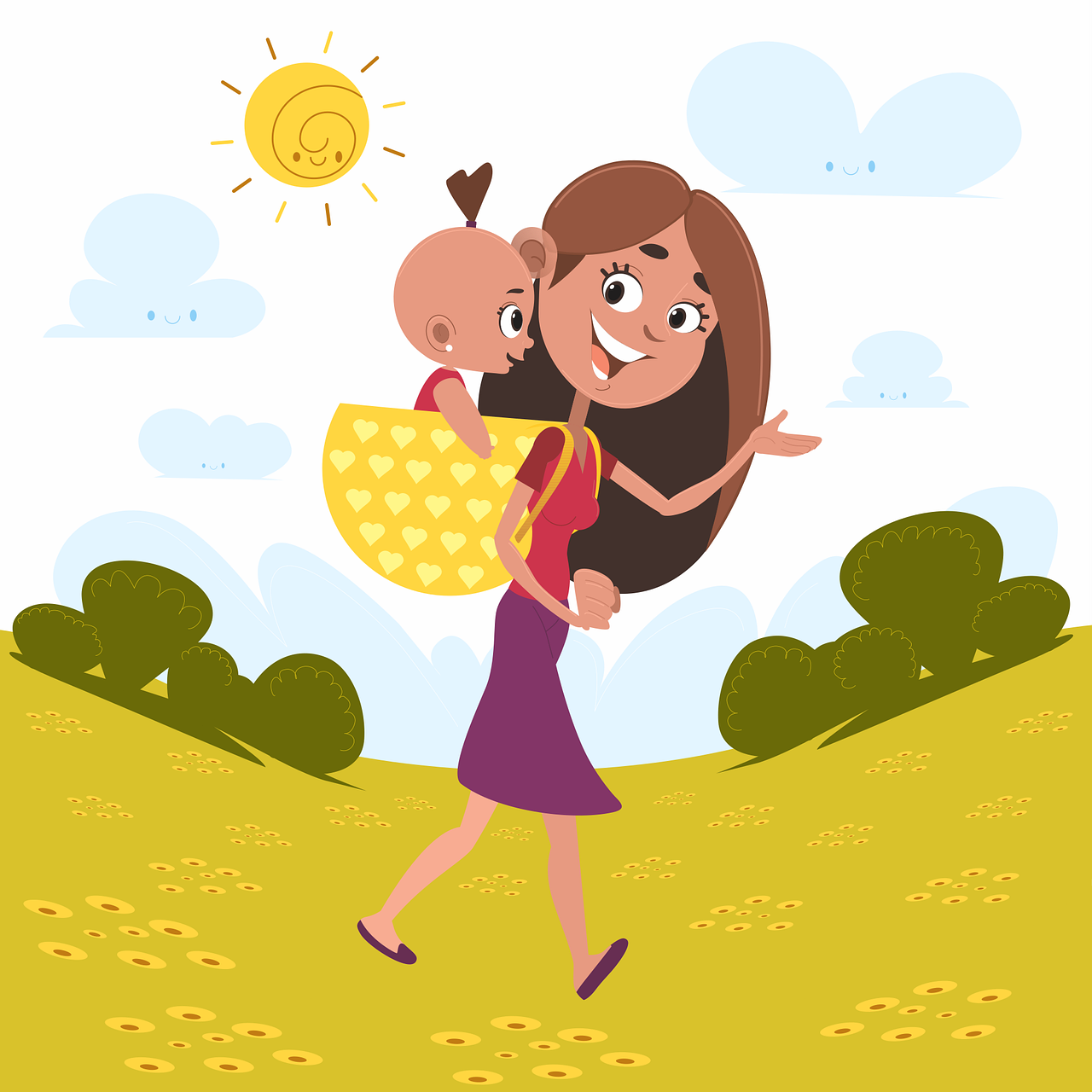
How is your program different from baby & me classes?
Our focus is on teaching safety and survival for accidental falls in the water. Classes with mom teach babies to be comfortable in the water as long as mom is there. We want babies to know what to do when mom isn’t there. Although, those programs are a good start to introducing baby to water, they don’t provide valuable safety skills that children need.

Why are lessons so short?
Our lessons are short for a number of reasons. The lessons are individualized, with only one child in the water at a time. The lessons are physically demanding and can tire small children out quickly so having longer lessons wouldn’t be beneficial. Also, young children are learning and mastering new skills, and have short attention spans. We don’t want to overstimulate them.

Why are your programs more expensive than other swim classes?
When you look at what you get as well as the total combined time our classes are not more. Our lessons are private one-on-one lessons with just the instructor and your child. Not only does your child get undivided attention, but they also get life-saving skills. We are not a class where your child learns to blow bubbles and splash and play, they learn skills that could give them a fighting chance to survive should they fall in the water.

Can my child eat/drink before lessons?
The lessons require a lot of physical activity for the students. We do not want them to eat prior to lessons because we want them to be as comfortable as possible. Sometimes when students are crying and learning to hold their breath they swallow air. You will notice that I frequently burp the students during lessons. If a child has recently eaten, the food will come up with the air causing them to throw up. Although this is not dangerous for the student we do not want them to associate throwing up with swimming lessons. Therefore, not feeding a child at least two hours prior to lessons reduces the likely hood of this happening.
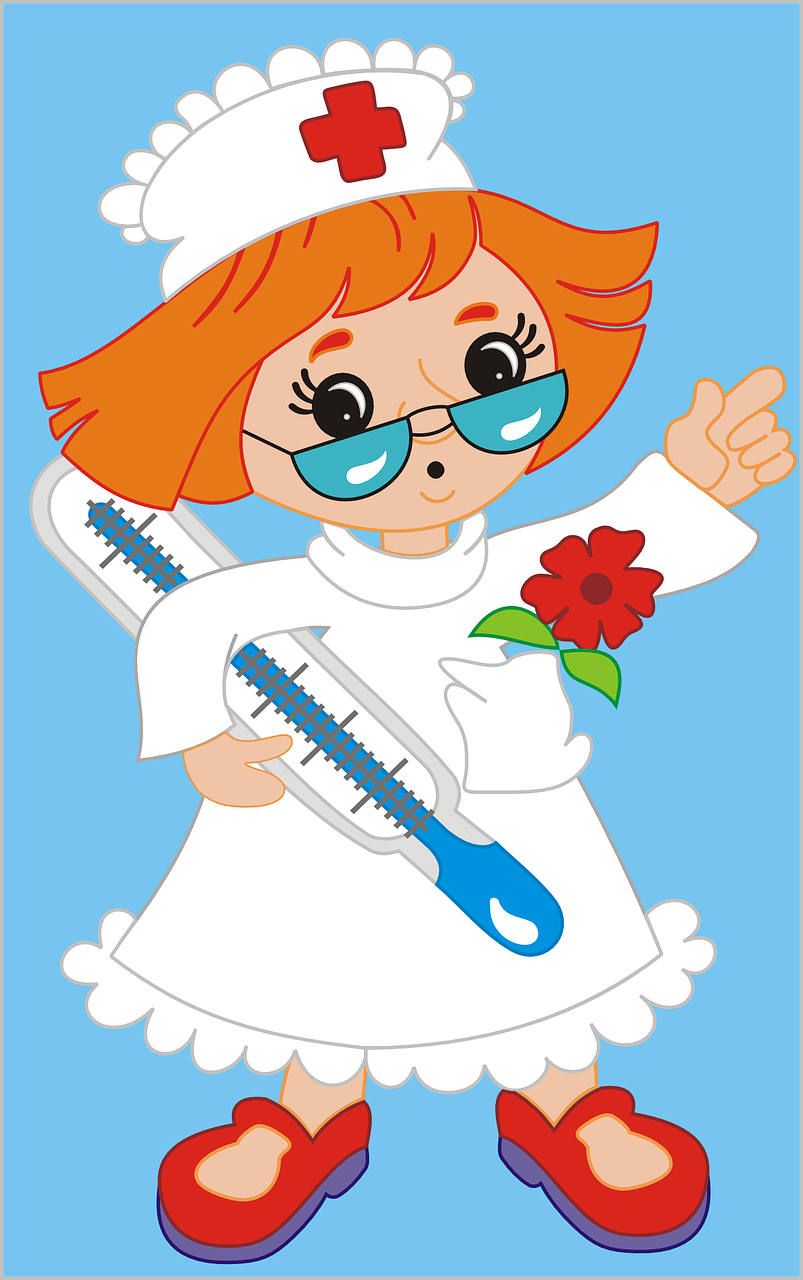
What if my child has a medical condition?
If you believe your infant or child has any medical condition that might reasonably affect their safe participation in lessons, please explain the condition to Survival Swim with Kim prior to enrolling in lessons. If you are aware of or suspect that your child has a pre-existing medical condition, written clearance to swim from your child’s physician must be provided before lessons begin.
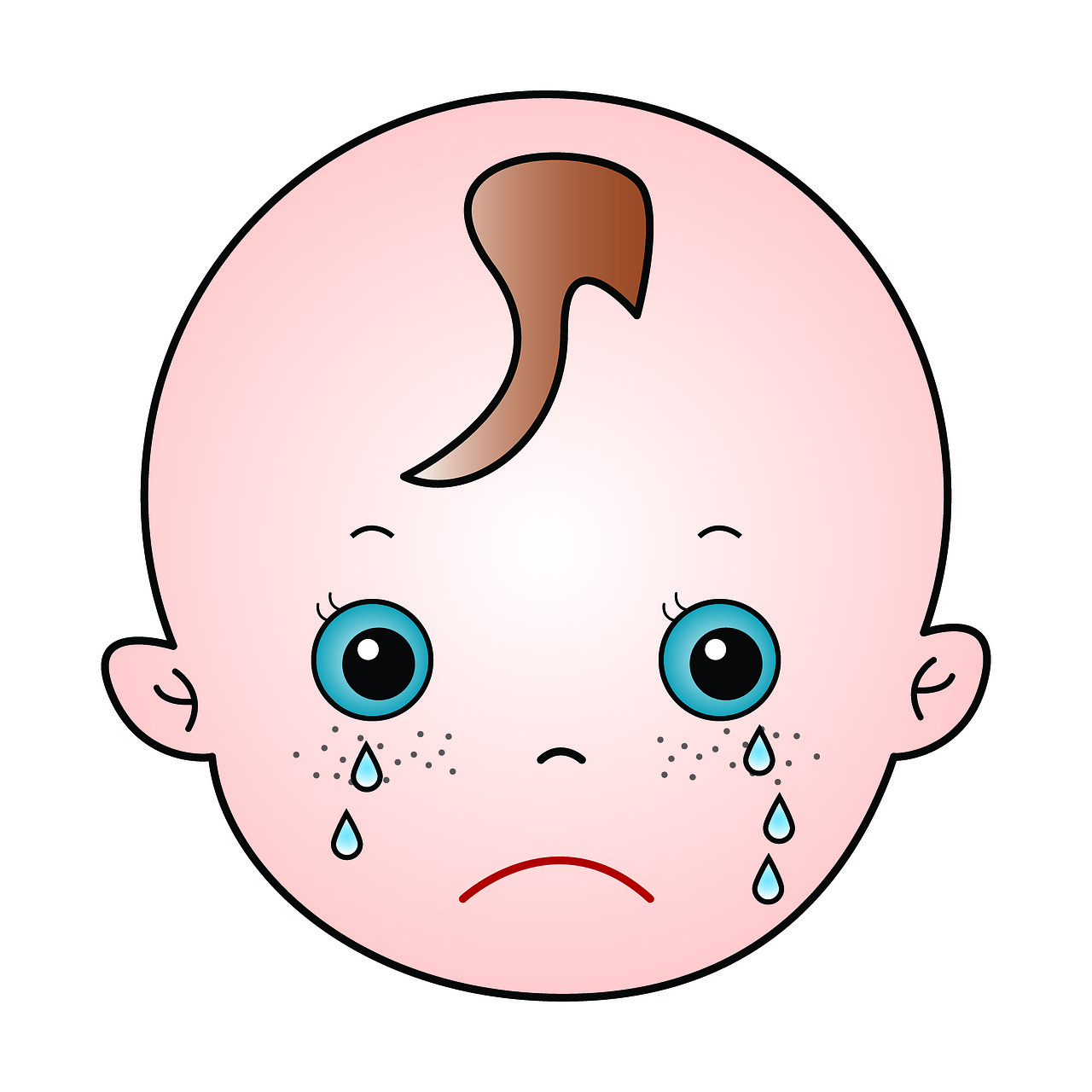
Will my baby cry?
Infants and toddlers cry, it would be unrealistic to think they wouldn’t. Crying in a new situation with a new person is very normal for babies and toddlers, it is their way of complaining. We completely expect crying and it doesn’t prevent children from learning. Parents can help by supporting and encouraging their child.

What if my child is afraid of the water?
This is one of the reasons that our program lasts 6 weeks. The more daily exposure to the water, and practice with the skills, the more children begin to enjoy classes. We all have fear when starting something new, children are no different. Having parents encourage their children helps greatly.
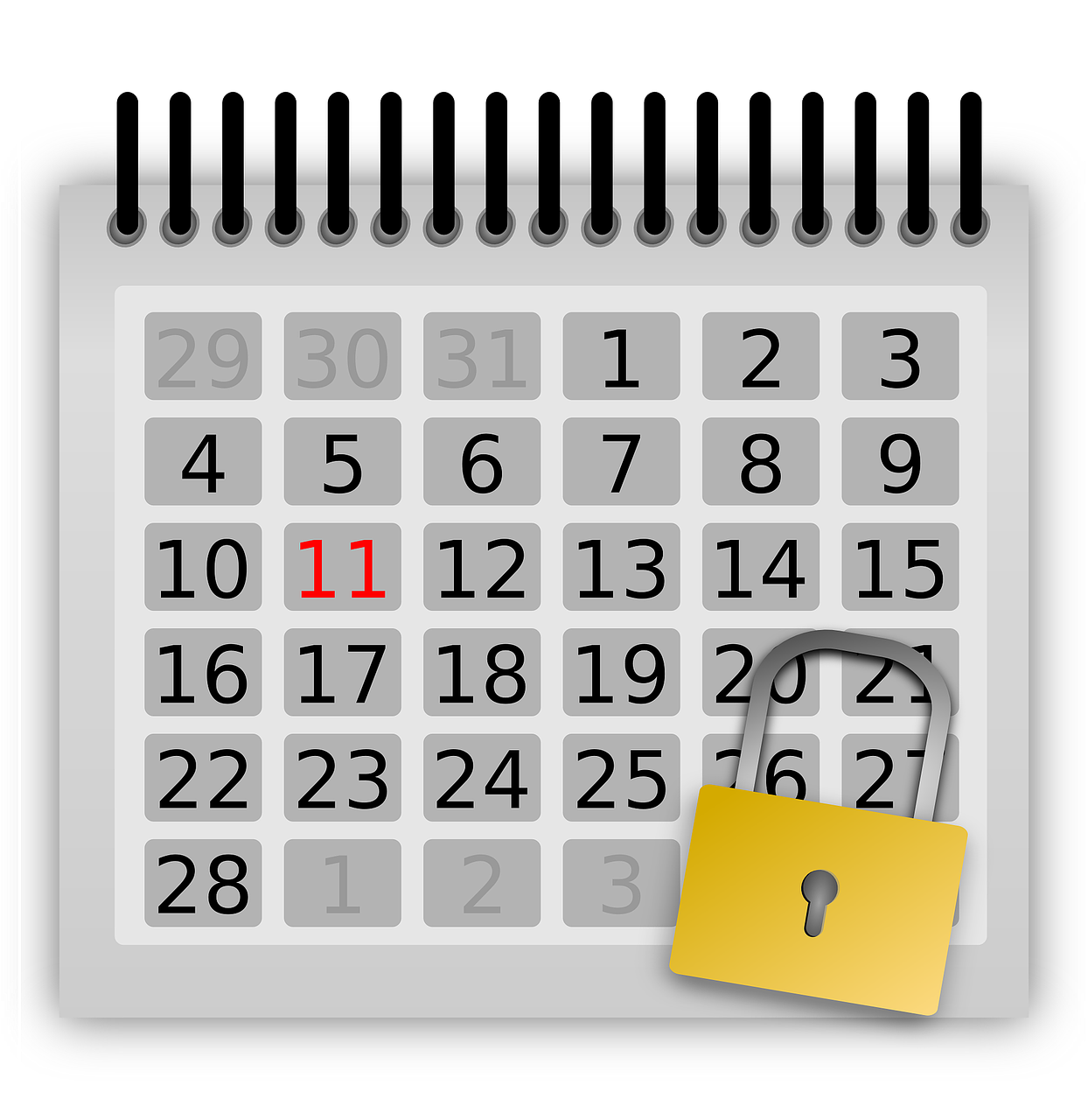
What if we are late or miss a class?
Since lessons are short, it is helpful if you arrive about 10 minutes before your scheduled time. This allows sufficient time to have your child ready to go into the water (without rushing) at the scheduled time. If you are late, the instructor will try to fit you in whenever possible, but your lesson time might be shortened. Consistency is a very important ingredient of the program. Steady attendance will increase your child’s rate of progress. If you find you have a conflict on a certain day, it may be possible to make advance arrangements with another parent to switch your lesson time. Sometimes it may be possible to add you to the end of the instructor’s schedule. Please talk with Ms. Kim if this should occur.
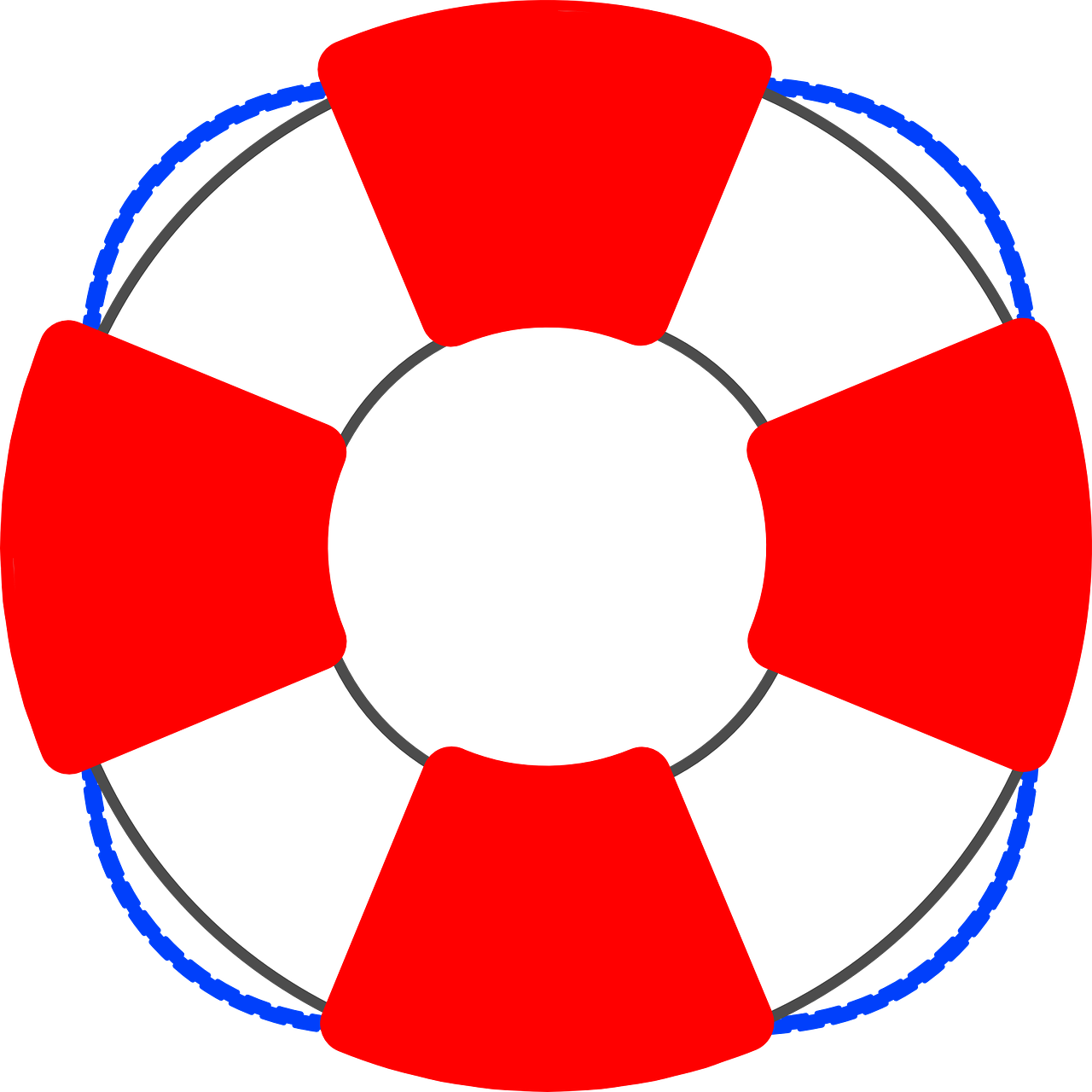
My kids use flotation devices so they are safe
Floatation devices can actually lead to drowning. Life vests are made for open bodies of water, not pools. Other devices such as water wings, floaties, swim sweaters, etc., give children a false sense of security and teach improper body mechanics. These devices put children in a verticle position, not a proper swimming position. Young children may not understand that the device is protecting them and go in the water without it and not know how to react. These devices do not teach a baby how to react properly.

My child doesn't go around the water alone.
Unfortunately, we can’t underestimate a toddler’s curiosity. Parents can have every good intention, but children can be sneaky. I can tell you first hand that I took all safety precautions and my child still found her way into a pool area. It takes seconds to drown. In the time you are dressing, using the restroom, or cooking a meal, a child can sneak into an area they aren’t supposed to be. Survival swim lessons are just another arsenal in a parent’s tool belt. Just like car seats help protect in the car, survival swim lessons help protect in the water.

What should my child wear or bring to class?
Children can wear swim attire for classes. Any child that is not potty trained needs to wear a snug fitting CLOTH swim diaper that has elastic around the legs and the waistband. NO DISPOSABLE SWIM DIAPERS WILL BE ALLOWED – we do not want to have an “accident” in the pool!
Multiple towels are recommended as kids can get cold after lessons.

Will my child retain their skills?
Experience indicates that there is an extremely high retention rate one year after completing the lessons. With that said, practice helps reinforce the skills your child has learned. It is highly suggested that your child take maintenance lessons regularly to continue to build skills, especially if they are not in the water regularly at home. As with most things in life regular practice helps maintain and build more skill.
While our lessons will give your child a safety tool needed to help in an unthinkable situation, they in no way protect your child 100%. Survival swim lessons are 1 layer of many layers of defense to prevent drowning. Please beware of any program that says differently.
Ready to empower your child?
Click the button here to register your child for our next session.
